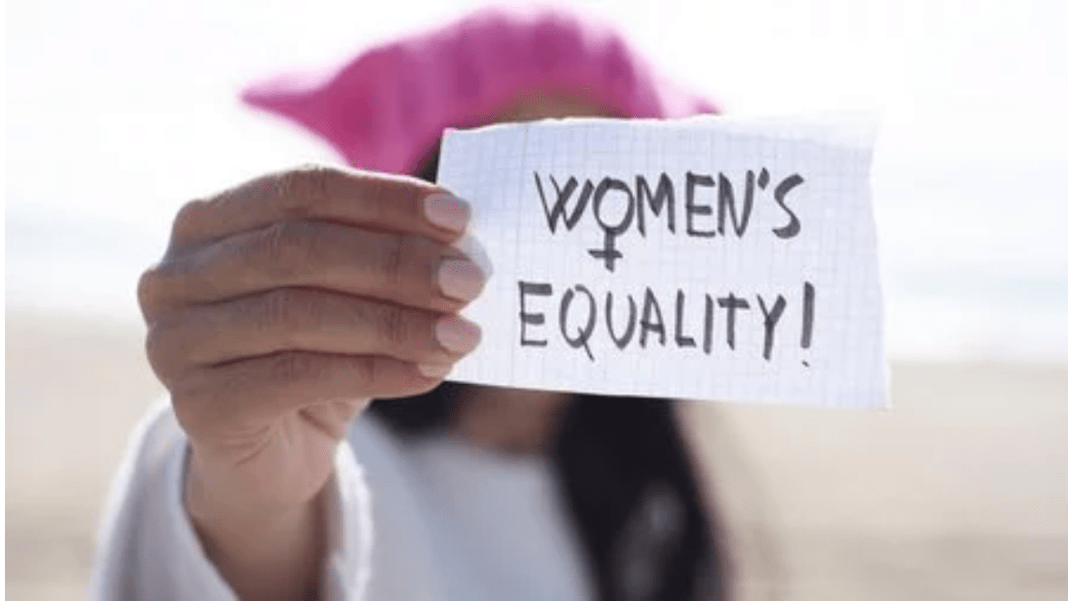Why Do Working Women Face Discrimination?: Discrimination at the workplace is a common issue, particularly for women. However, the reasons for this discrimination are not always limited to age or appearance. There are several other factors at play. Let’s delve into these aspects.
Women Leaders Face Unique Challenges
Why Do Working Women Face Discrimination?: When women aim to take on leadership roles in the professional world, they often encounter discrimination. A recent study, published in Human Resource Development Quarterly, explored the various forms of bias that women face at work.
The study identified key aspects of a woman’s identity that could lead to discrimination. It was observed that leadership positions are predominantly occupied by men. However, gradual changes are beginning to emerge in this trend.
Why Does Workplace Discrimination Occur for Women?
When asked about the reasons for workplace bias, women provided surprising insights. The reasons went beyond age or physical appearance. The study found that women face discrimination based on:
- Their communication style
- Dress sense
- Age and physique
- Social class
- Skin color
- Marital status
- Pregnancy
- Sexual orientation, especially from senior colleagues
These factors collectively act as barriers to their career growth.
What Stops Women from Advancing in Their Careers?
The study revealed that older women often struggle to secure team leader roles compared to men. While men are assessed based on their capabilities, younger women are judged by their experience, leading to delays in their career progression. Discrimination remains a significant hurdle in their professional journey.
Interestingly, the study did not explore how women overcome these challenges to secure leadership positions.
Can Companies Solve This Problem?
To tackle discrimination, companies need to take proactive measures.
- Reviewing Policies: Organizations must evaluate their policies to ensure that promotion criteria are consistent and unbiased for everyone.
- The “Name Test”: A practical method to identify bias is replacing a woman’s name with a man’s in a statement. For instance, “Amit is not suitable for this role because his age is too high for the job.” Would the same judgment apply to a woman? This approach can help companies recognize and mitigate bias.
Addressing workplace discrimination is a societal challenge deeply rooted in existing norms. By identifying and addressing these biases, organizations can create a more equitable environment for women.





